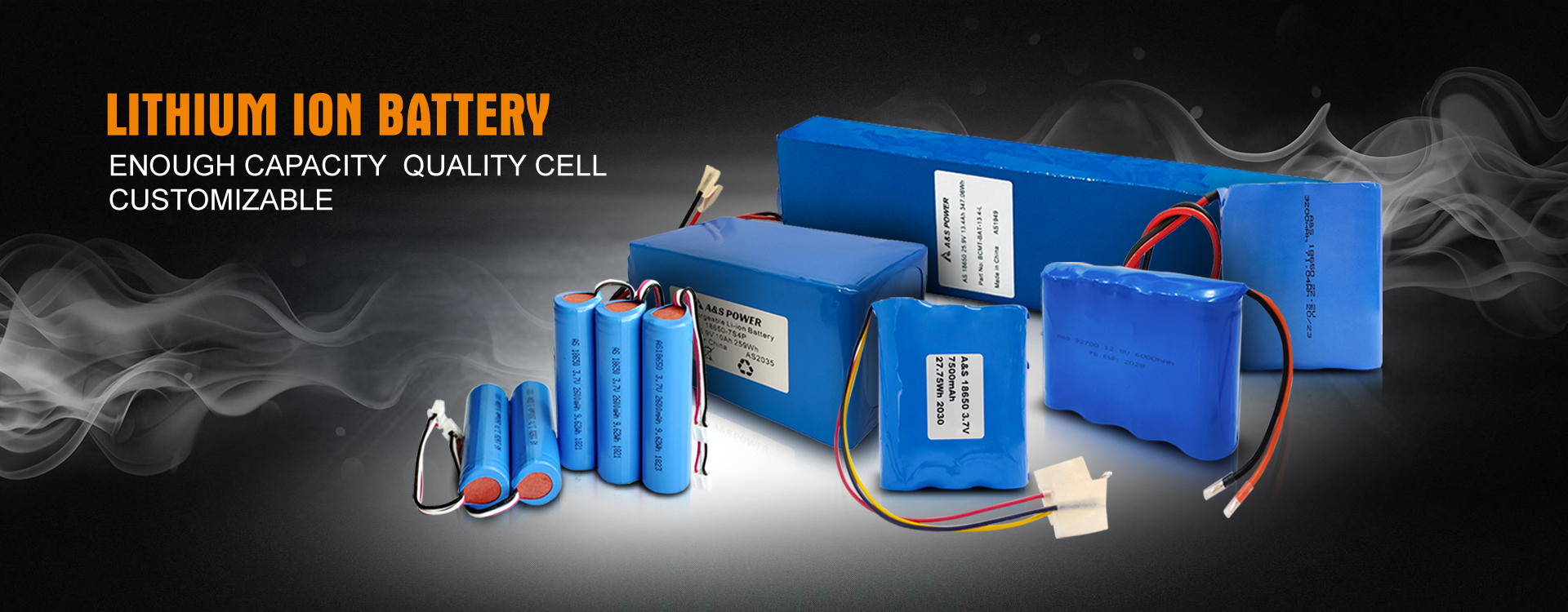The working principle and discharging precautions of lithium ion battery
2021-08-11
The working principle and discharging precautions of lithium ion battery
Lithium-ion batteries use carbon materials as the negative electrode and lithium-containing compounds as the positive electrode. There is no metal lithium, only lithium ions, which is a lithium-ion battery. Lithium ion battery refers to the general term for batteries with lithium ion intercalation compound as the cathode material. The charging and discharging process of lithium ion batteries is the process of intercalation and deintercalation of lithium ions. In the process of intercalation and deintercalation of lithium ions, it is accompanied by the intercalation and deintercalation of electrons equivalent to lithium ions (usually the positive electrode is represented by insertion or deintercalation, and the negative electrode is represented by insertion or deintercalation). During the charging and discharging process, lithium ions are intercalated/deintercalated and intercalated/deintercalated back and forth between the positive and negative electrodes, which is vividly called the "rocking chair battery".
When the battery is charged, lithium ions are generated on the positive electrode of the battery, and the generated lithium ions move to the negative electrode through the electrolyte. The carbon as the negative electrode has a layered structure. It has many micropores. The lithium ions reaching the negative electrode are embedded in the micropores of the carbon layer. The more lithium ions are inserted, the higher the charging capacity. Similarly, when the battery is discharged (that is, the process we use the battery), the lithium ions embedded in the carbon layer of the negative electrode are released and move back to the positive electrode. The more lithium ions returned to the positive electrode, the higher the discharge capacity.
Generally, the charging current of lithium batteries is set between 0.2C and 1C. The larger the current, the faster the charging and the greater the battery heat. Moreover, charging with an excessive current will result in insufficient capacity because the electrochemical reaction inside the battery takes time. Just like pouring beer, pouring too fast will produce foam, but dissatisfaction.
Precautions for the use (discharge) of lithium-ion batteries
For batteries, normal use is the process of discharging, and there are a few things to pay attention to when discharging lithium-ion batteries:
First, the discharge current should not be too large. Excessive current will cause heat inside the battery, which may cause permanent damage. On mobile phones, this is not a problem, so you don't need to consider it.
Second, it cannot be over-discharged. The internal storage of electric energy in lithium batteries is achieved by a reversible chemical change in electrochemistry. Excessive discharge will cause irreversible reactions of this chemical change. Therefore, lithium batteries are most afraid of overdischarge. Once the discharge voltage is lower than 2.7V, it will This may cause the battery to be scrapped. Fortunately, a protection circuit has been installed inside the battery of the mobile phone, and the voltage is not low enough to damage the battery, the protection circuit will work and stop discharging.
Follow us and explore more! 👉 Facebook












